Disclosure: This article contains affiliate links. We may earn a commission from purchases at no extra cost to you, which helps our travel content.
After cycling through the misty mountains of New Zealand's South Island for months, trading my bike pedals for Vancouver's sleek public transit system was both a relief and a new adventure. Quelle surprise! This city has mastered the art of public transportation with an integrated network that's not only efficient but also showcases breathtaking views of mountains, ocean, and urban landscapes—all while keeping your carbon footprint (and your travel budget) admirably low. As someone who values sustainable exploration above all else, I've compiled this comprehensive guide to help fellow travelers navigate Vancouver's transit system with the confidence of a local.
Understanding the Compass Card: Your Transit Passport
The Compass Card is your golden ticket to Vancouver's transit network—a reloadable fare card that works across buses, SkyTrain, SeaBus, and the West Coast Express. When I first arrived in Vancouver for a sustainability conference, I made the rookie mistake of buying individual tickets before a kind local introduced me to this marvel of efficiency.
Purchase your Compass Card at any SkyTrain station, London Drugs store, or the visitor center for a refundable $6 deposit. Then load it with stored value or choose a DayPass ($11) if you're planning multiple journeys. For my week-long stay, I calculated that the stored value option saved me nearly $15 compared to single fares.
If you're planning to use your phone for navigation (which I highly recommend), ensure you have a reliable phone mount to keep your device secure while moving between transit options. Mine proved invaluable when quickly checking routes while rushing to catch connections.

💡 Pro Tips
- Purchase your Compass Card immediately upon arrival to save money from day one
- Register your card online to protect your balance if it gets lost
- Tap in AND out on SkyTrain and SeaBus to avoid being charged maximum fare
The SkyTrain: Vancouver's Aerial Marvel
Vancouver's SkyTrain system consists of three lines—Expo (blue), Millennium (yellow), and Canada (green)—that connect the city's major neighborhoods and attractions with remarkable efficiency. As an environmental scientist at heart, I appreciate that this automated light rail network is primarily powered by clean hydroelectric energy.
The Canada Line connecting downtown to Vancouver International Airport (YVR) deserves special mention. After a 14-hour flight from New Zealand, I was delighted to discover I could reach my downtown accommodation in just 26 minutes for under $10—a fraction of taxi fare.
My favorite SkyTrain journey remains the Expo Line between Waterfront and Metrotown. As the train emerges from underground tunnels onto elevated tracks, you're treated to panoramic vistas of False Creek, the North Shore mountains, and the city skyline. C'est magnifique! I found myself deliberately taking this route even when alternatives existed.
One practical item I recommend for SkyTrain journeys is a good anti-theft crossbody bag. While Vancouver is generally safe, having secure storage for your valuables on public transit is always prudent, especially during rush hour crowds.
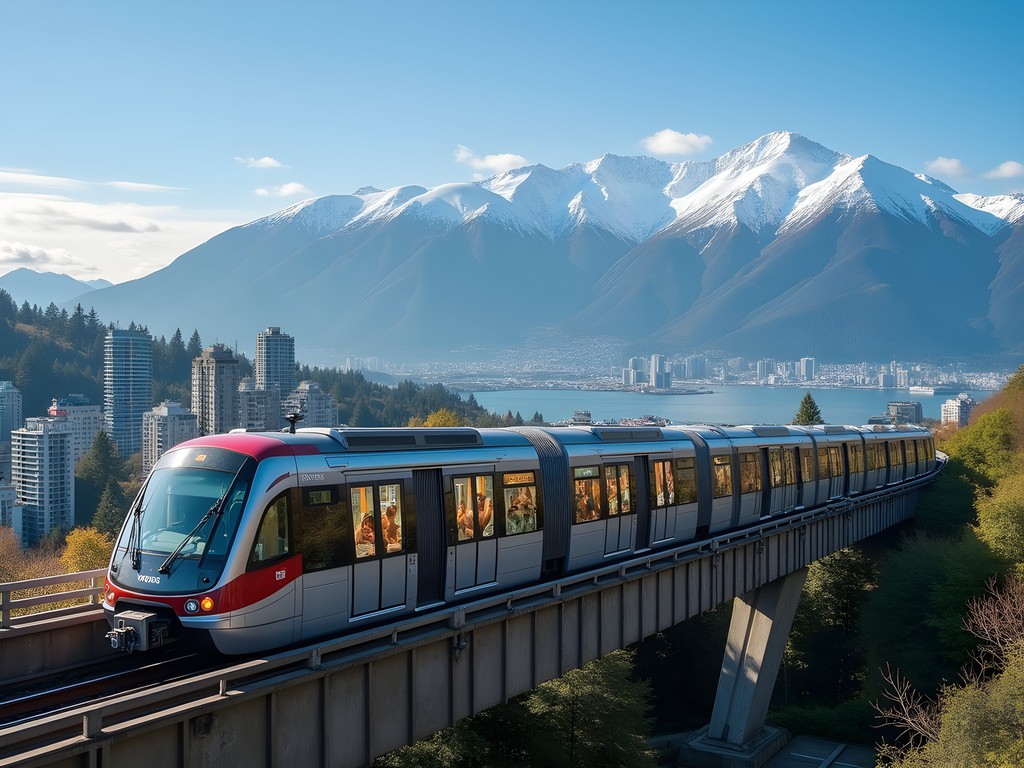
💡 Pro Tips
- The SkyTrain runs from approximately 5am to 1am (later on Fridays and Saturdays)
- Stand clear of doors—they close automatically and don't have sensors like elevators
- Look for the illuminated route maps inside trains to track your journey
SeaBus: The Ocean Commute Experience
The SeaBus passenger ferry connecting downtown Vancouver (Waterfront Station) to North Vancouver (Lonsdale Quay) is perhaps my favorite transit experience in the city. This 12-minute harbor crossing offers postcard-worthy views of Vancouver's skyline, the working port, and the surrounding mountains—all for the price of a regular transit fare!
During my stay, I established a morning ritual of taking the 8:16am SeaBus to North Vancouver, where I would join local runners along the scenic waterfront trail before enjoying breakfast at Lonsdale Quay Market. The early crossing often rewards passengers with magical mist hovering over the water and golden light illuminating the city's glass towers.
The double-ended catamaran design means you never have to wait for the vessel to turn around, and the frequent service (every 15 minutes during peak hours) makes it a practical transportation option, not just a tourist experience. For photographers, I suggest bringing a lens cleaning kit to keep your camera or phone lens free from sea spray that occasionally mists the outdoor viewing areas.
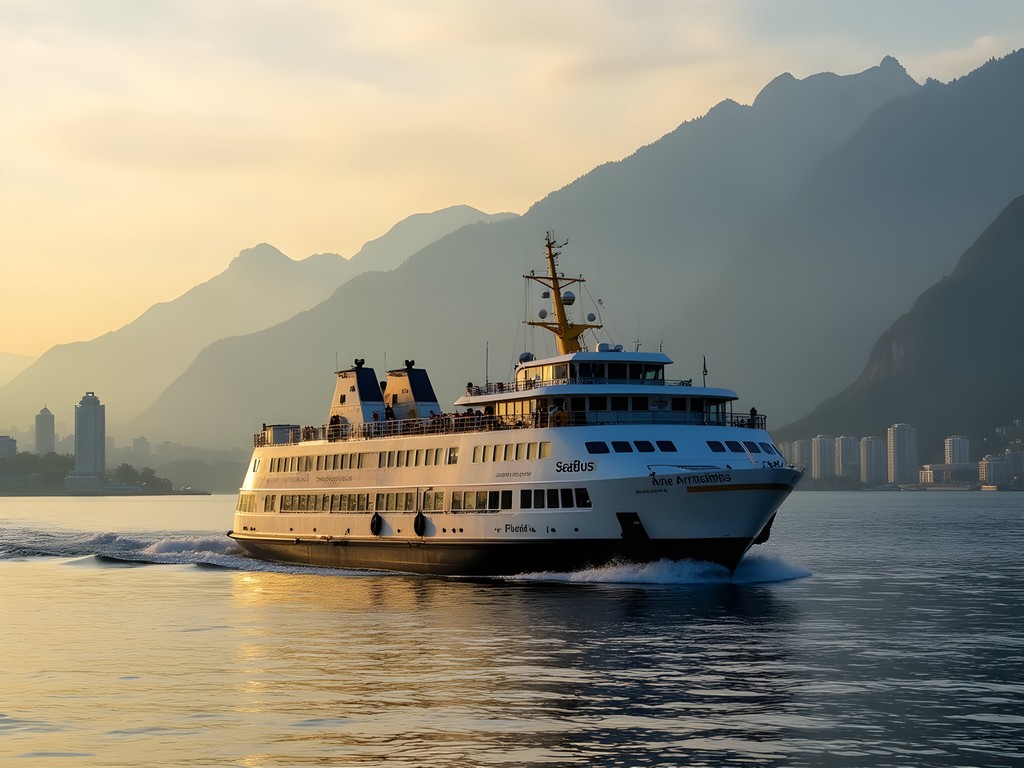
💡 Pro Tips
- Sit on the west side (left when departing downtown) for the best city skyline views
- Visit Lonsdale Quay Market at the North Vancouver terminal for local food and shopping
- The last SeaBus typically departs around midnight—check the schedule if you're planning a late return
Bus Network: Reaching Vancouver's Hidden Gems
While SkyTrain and SeaBus steal the spotlight, Vancouver's extensive bus network is the true workhorse of the transit system, reaching neighborhoods and attractions inaccessible by rail. As someone who seeks authentic local experiences, I found the bus network invaluable for discovering Vancouver's less touristy enclaves.
The #19 bus transported me to the vibrant Commercial Drive district, where I discovered a fermentation workshop that reminded me of my mother's biochemistry experiments—complete with homemade kombucha that rivaled my father's finest creations in Lyon! Meanwhile, the #22 took me directly to Kitsilano Beach, where I joined a sunrise yoga session that rejuvenated my travel-weary muscles.
For outdoor enthusiasts, special mention goes to bus routes #236 to Grouse Mountain and #250 to Horseshoe Bay, both offering access to spectacular natural areas. During a light rain shower on my Grouse Mountain trip, I was grateful for my packable rain poncho that kept me dry while waiting at exposed bus stops.
Navigating the bus system initially seemed daunting, but the TransLink website and Google Maps integration made route planning remarkably straightforward. Most buses announce upcoming stops, but I recommend tracking your journey on your phone as backup.

💡 Pro Tips
- Signal the driver by raising your hand at the bus stop as the vehicle approaches
- Press the yellow strip or red button before your stop to request the driver to stop
- Have your Compass Card ready before boarding to keep the line moving efficiently
Money-Saving Transit Hacks for Budget Travelers
As an intern at a sustainable tourism firm, I'm always seeking the sweet spot where budget-friendly meets eco-conscious. Vancouver's transit system offers several clever ways to maximize value while minimizing environmental impact.
First, understand the zone system. During weekdays (before 6:30pm), fares vary based on how many zone boundaries you cross. However—and this is my favorite hack—all travel becomes one-zone fare during evenings and all day on weekends and holidays, regardless of distance traveled! I strategically planned my longer cross-regional journeys during these times, saving nearly $30 over my week's stay.
For families, note that up to four children under 12 can travel free with a fare-paying adult. Groups of 5+ adults should investigate the Group Travel Program for potential discounts.
If you're staying longer than a week, consider the Monthly Pass option loaded onto your Compass Card. For visitors exploring Vancouver's stunning surrounding wilderness, I recommend a lightweight daypack that can fold into itself when not needed but expands to carry water, snacks, and layers for Vancouver's changeable weather during your transit adventures.
Lastly, download the Transit app, which provides real-time bus locations and alerts about service disruptions. C'est un vrai trésor! This app saved me countless times when planning connections or rerouting around unexpected delays.

💡 Pro Tips
- Travel after 6:30pm weekdays or anytime weekends to pay one-zone fare for any journey
- The DayPass ($11) becomes economical if you'll make more than 4 trips in one day
- If staying 8+ days, calculate whether a Monthly Pass would save you money
Final Thoughts
As I boarded my final SkyTrain journey to Vancouver International Airport, watching the city's glass towers gleam in the afternoon sun while the North Shore mountains stood sentinel in the distance, I reflected on how thoroughly Vancouver's transit system had enabled my exploration. Not merely a means of conveyance, it had become an integral part of my experience—offering spectacular views, connecting diverse neighborhoods, and demonstrating how urban mobility can be both sustainable and delightful.
Whether you're a solo adventurer like me, a family on holiday, or a business traveler with limited free time, Vancouver's public transit system offers an accessible, affordable, and environmentally responsible way to discover this magnificent coastal city. By mastering these transit strategies, you'll navigate Vancouver with confidence while keeping your carbon footprint (and your travel budget) admirably small.
So purchase that Compass Card, download the Transit app, and prepare to experience Vancouver not as a tourist, but as a temporary local—moving through the city's neighborhoods and natural spaces with the rhythm and perspective that only public transit can provide. Bon voyage et bonne exploration!
✨ Key Takeaways
- The Compass Card is essential for cost-effective travel on all Vancouver transit modes
- Evening and weekend travel is cheaper due to the one-zone fare policy regardless of distance
- The SeaBus offers spectacular city views and is included in regular transit fare
- TransLink's integrated system makes car-free exploration of Greater Vancouver remarkably easy
📋 Practical Information
Best Time to Visit
year-round (system operates in all seasons)
Budget Estimate
$10-15 per day for transit
Recommended Duration
1-week
Difficulty Level
Easy

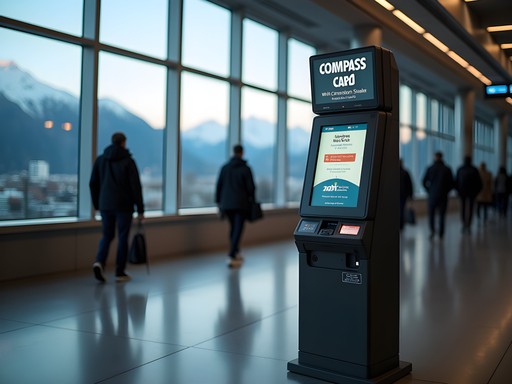
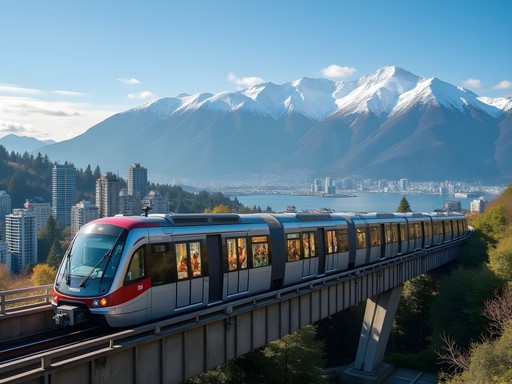
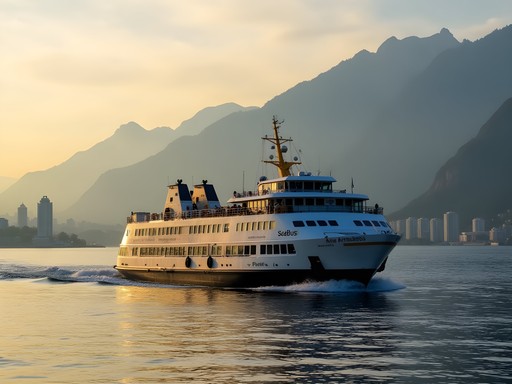
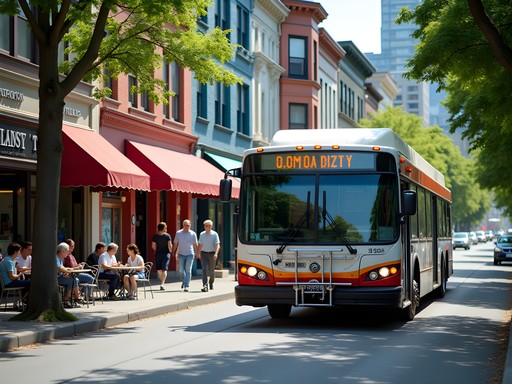
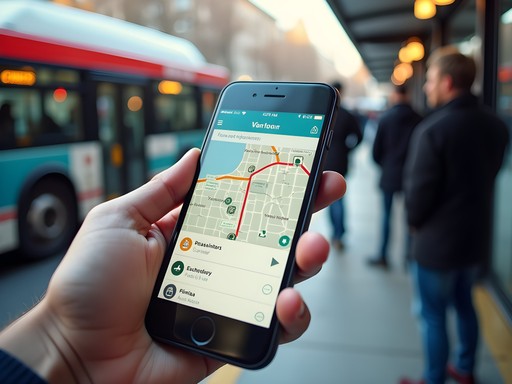





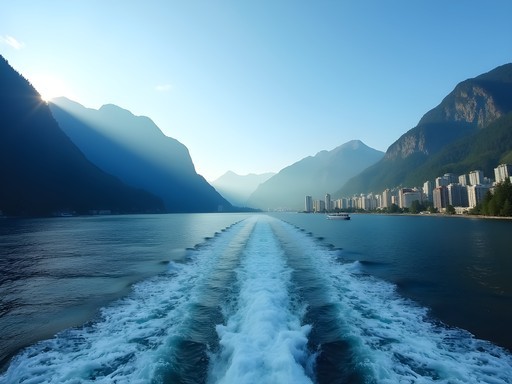

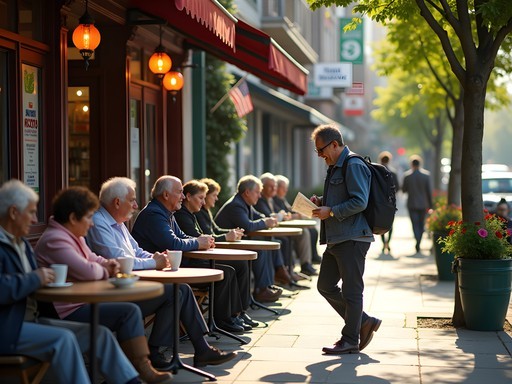
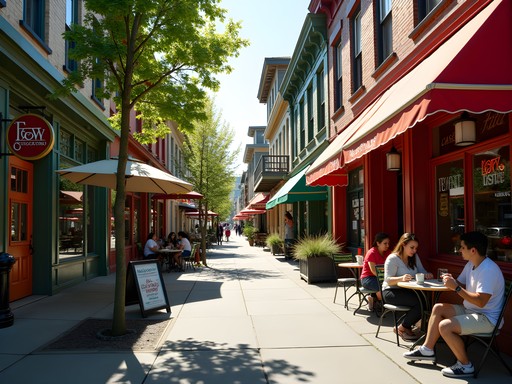

Comments
Kimberly Murphy
Ana, this is spot on! I was in Vancouver last month and the transit system was a dream compared to what we have in Liverpool. The SkyTrain views are incredible - I kept missing my stops because I was too busy gawking at the mountains! One thing I'd add for visitors: download the Transit app which gives real-time updates for all Vancouver public transport. Saved me loads of time when a bus was running late. And the SeaBus is more than just transport - it's an experience! I saw seals from the window on my crossing to North Vancouver. Your guide would have been perfect before my trip - bookmarking for next time!
tripchamp
Is it worth getting a Compass Card for just a weekend trip? Or should we just pay per ride?
Kimberly Murphy
Even for a weekend, I'd get the card! It's only a $6 refundable deposit, and the per-trip fares are cheaper than buying single tickets. Plus it's just so much more convenient to tap and go!
Taylor Moreau
As someone who visits Vancouver quarterly for business, I can attest to the accuracy of this guide. The transit system is remarkably efficient for business travelers. One additional tip I'd offer: the mobile payment option for Compass Cards has been a game-changer for frequent visitors. No need to carry another card. Also, the Canada Line to/from the airport is particularly reliable for those tight business schedules - I've never been late for a flight using it, even during rush hour. Well done on highlighting the SeaBus - it's indeed a commuter route but offers views that rival many tourist attractions.
Hunter Thompson
Ana, this guide is absolutely brilliant! Your comparison of cycling NZ to navigating Vancouver's transit made me laugh - what a contrast! I spent three weeks bouncing around Vancouver last summer and can confirm the SkyTrain is proper magic. For anyone visiting, I'd add that the Canada Line to/from the airport is dead easy but remember there's a small airport surcharge on your Compass Card. Also, the night buses saved me after late nights in Gastown - they run less frequently but are reliable. One tip I didn't see mentioned: download the Transit app which gives real-time arrivals and journey planning. Made my spontaneous explorations so much easier! I found the buses particularly good for reaching places like Spanish Banks and Wreck Beach which aren't near SkyTrain stops. Your photos of the SeaBus crossing brought back some epic memories!
skyvibes
The Transit app sounds useful! Is it free?
Hunter Thompson
Yep, totally free! Saved me countless times when bus times changed or when planning multiple stops in a day. Works in tons of cities too, not just Vancouver.
starpro
Can you buy a Compass Card right at the airport? Or should I get one in advance?
dreamking
Yes, there are vending machines right at the airport SkyTrain station! Super easy to get one as soon as you land.
skyvibes
This guide is perfect timing! Heading to Vancouver next month and was stressing about getting around. The Compass Card sounds super convenient!
Hunter Thompson
The Compass Card is a lifesaver! I backpacked through Vancouver last year and loaded mine for the week. Saved so much hassle and it works on literally everything - even the SeaBus which is an experience itself!
skyvibes
Thanks! Did you find the SeaBus worth doing even if you don't need to go to North Vancouver? Looks like a nice view in Ana's photos.
Hunter Thompson
100% worth it just for the views! It's only like 15 mins across but you get amazing skyline shots. Plus Lonsdale Quay on the North side has this cool market. I'd definitely do it even as a mini-excursion.
luckynomad
Just got back from Vancouver last week and followed your guide to the letter, Ana! The SkyTrain from the airport was super convenient - no expensive taxi needed. And you weren't kidding about the views from the Canada Line! I kept my pocket guidebook handy, but honestly your transit tips were more useful. The SeaBus to North Vancouver was a highlight - we did the Capilano Suspension Bridge and Grouse Mountain in one day thanks to the efficient transit connections.
tripchamp
Did you need to take any buses to get to Capilano from the SeaBus terminal? Planning my itinerary now!
luckynomad
Yes! There's a free shuttle to Capilano that picks up right near the SeaBus terminal at Lonsdale Quay. Super easy to find!
dreamking
Used Vancouver's transit system last summer and was impressed by how clean and efficient it was. The SeaBus was definitely a highlight - crossing the harbor while watching the city skyline is magical, especially at sunset. One tip I'd add: if you're staying for a week, the weekly pass option for the Compass Card is definitely worth it. We saved so much money!
sunsetrider
This is so helpful! I'm heading to Vancouver next month and was stressing about getting around. The Compass Card sounds like a lifesaver!
Kimberly Murphy
You'll love it! The Compass Card system is super intuitive. Just remember to tap in AND out on SkyTrain or you'll be charged the maximum fare!
sunsetrider
Thanks for the tip! Would have definitely forgotten to tap out 😅
sunnyadventurer
Pro tip for anyone heading to Vancouver: download the Transit app! It shows real-time arrivals for buses and trains. Saved me so many times, especially when exploring outside the downtown core.
springbackpacker
Thanks for this! Is the app free? Planning my first solo international trip and trying to budget everything.
sunnyadventurer
Yep, totally free! And it works in lots of other cities too. Vancouver's public transit will save you tons compared to rideshares or taxis.
Venture X
Premium card with 2X miles, $300 travel credit, Priority Pass